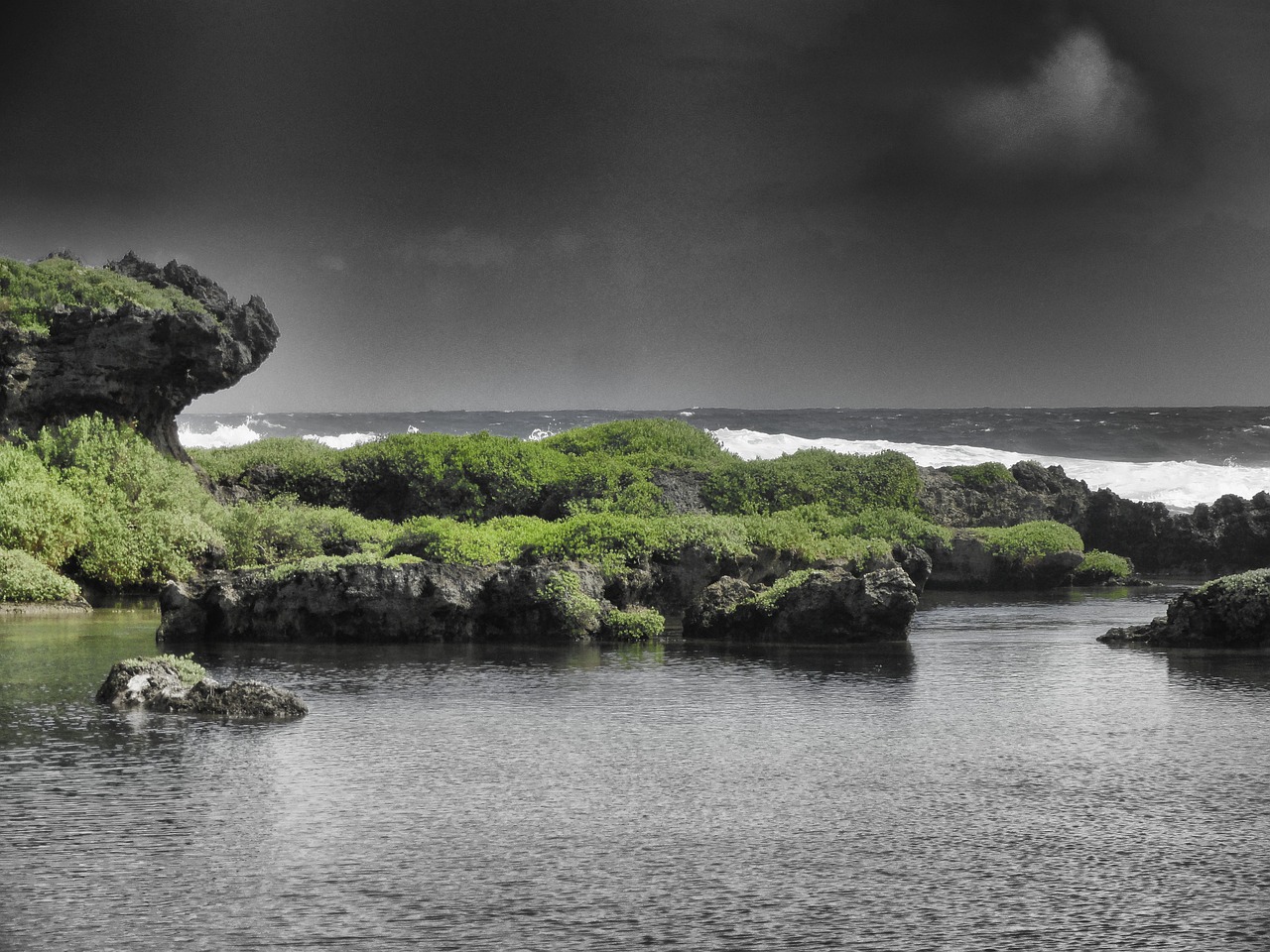Guam Video
Cultural Sensitivities: Understanding Local Norms in Guam
Guam, a beautiful island in the Western Pacific, is known for its stunning landscapes and vibrant culture. To fully appreciate and respect the local community, it is essential to understand and adhere to the cultural sensitivities and norms that prevail on the island. This article aims to provide detailed insights into various aspects of Guam’s cultural sensitivities, helping visitors navigate their interactions with the local community.
Language and Communication
Guam has two official languages: English and Chamorro. English is widely spoken and understood, especially in tourist areas and business establishments. However, learning a few basic Chamorro phrases can go a long way in showing respect and building rapport with the locals. Here are some key phrases:
- Håfa Adai: Hello
- Si Yu’us Må’åse’: Thank you
- Ñot na’lå’la’: Excuse me
When communicating with locals, it is important to be polite, use appropriate greetings, and maintain a friendly tone. Non-verbal communication, such as maintaining eye contact and smiling, is also valued in Guam’s culture.
Religion and Spirituality
The majority of Guamanians practice Christianity, with Catholicism being the predominant religion. Churches play a significant role in the community, and visitors are encouraged to respect religious sites and customs. When visiting churches, it is customary to dress modestly and behave respectfully. Avoid loud conversations or disruptive behavior that may disturb those engaged in prayer or worship.
Additionally, the indigenous Chamorro culture has its own spiritual beliefs, which are deeply intertwined with the island’s natural environment. Visitors should be mindful of sacred sites and refrain from any activities that may be considered disrespectful or damaging to these areas.
Traditional Customs and Etiquette
Guam has a rich cultural heritage, and locals take great pride in their traditions and customs. Understanding and respecting these customs can greatly enhance your experience on the island. Here are some key aspects of Guam’s traditional customs and etiquette:
- Inafa’maolek: This Chamorro concept emphasizes harmony, respect, and cooperation within the community. Visitors are encouraged to adopt a similar mindset and treat others with kindness and consideration.
- Respect for Elders: In Chamorro culture, elders hold a position of great respect. It is customary to greet elders with a nod or a slight bow and to defer to their wisdom and authority.
- Gift Giving: When visiting someone’s home or attending a social gathering, it is customary to bring a small gift as a token of appreciation. Local crafts, food items, or souvenirs from your home country are thoughtful choices.
- Chamorro Seating: During traditional gatherings, such as fiestas or family events, it is common for guests to sit on the floor or on mats. Visitors should follow the lead of the host and adopt this seating arrangement.
Food and Dining Etiquette
Guam offers a variety of delicious cuisines influenced by its multicultural heritage. When dining out or attending a local feast, known as a “fiesta,” it is essential to be mindful of dining etiquette and cultural norms:
- Chopsticks and Utensils: Guam is known for its fusion of Asian and Western cuisines. While chopsticks are commonly used in Asian-inspired dishes, it is also acceptable to use Western utensils. Follow the lead of the locals or use the utensils provided.
- Sharing Food: Sharing food is a common practice in Chamorro culture. If dining with locals, it is customary to offer a portion of your dish to others at the table as a gesture of inclusivity and hospitality.
- Respecting Local Ingredients: Guam is blessed with an abundance of fresh seafood and tropical fruits. Respect the local produce by trying traditional dishes and avoiding wastage.
- Seating Arrangements: During fiestas or large gatherings, seating arrangements may be organized by age or social status. Follow the lead of the host and wait to be directed to your seat.
Social Customs and Festivals
Guam’s vibrant social scene is characterized by lively festivals and events throughout the year. By participating in these celebrations, visitors can gain a deeper understanding of the local culture. Here are some notable festivals:
- Guam Liberation Day: Celebrated on July 21st, this festival commemorates the liberation of Guam from Japanese occupation during World War II. It features parades, cultural performances, and fireworks.
- Chamorro Month: Held in March, Chamorro Month celebrates the indigenous Chamorro culture through various events, including traditional dances, arts and crafts exhibitions, and culinary showcases.
- Guam Micronesia Island Fair: This annual event showcases the vibrant cultures of Micronesia through music, dance, arts, and culinary delights. It provides a unique opportunity to experience the diversity of the region.
Nature and Environment
Guam is renowned for its breathtaking natural beauty, including pristine beaches, lush jungles, and stunning coral reefs. To preserve and protect these fragile ecosystems, visitors should be mindful of the following:
- Coral Reef Conservation: Guam’s coral reefs are home to a diverse array of marine life. Visitors should refrain from touching or damaging the coral, and avoid using harmful sunscreens that contain chemicals harmful to coral health.
- Leave No Trace: When exploring Guam’s natural landscapes, it is important to follow the principles of “Leave No Trace.” This means minimizing your impact by taking your trash with you, staying on designated trails, and respecting wildlife habitats.
- Hiking and Outdoor Safety: Before embarking on hikes or outdoor adventures, familiarize yourself with safety guidelines and inform others of your plans. Carry sufficient water, wear appropriate footwear, and be aware of weather conditions.
Image 1: Guam

Modern Influences and Globalization
Like many other places, Guam has experienced the impact of globalization and modern influences. While the island embraces aspects of Western culture, it also strives to preserve its unique traditions and identity. Visitors should be sensitive to this balance and appreciate the efforts to maintain Guam’s cultural heritage.
Conclusion
By understanding and respecting Guam’s cultural sensitivities, visitors can forge meaningful connections with the local community and have a more enriching experience on the island. From language and communication to traditional customs and environmental conservation, every aspect contributes to the unique tapestry of Guam’s cultural identity. Embrace the opportunity to learn, appreciate, and celebrate the island’s rich heritage.
Image 2: Guam

References
- visitguam.com
- guampedia.com
- guam.com
- guam.gov
Image 3: Guam



